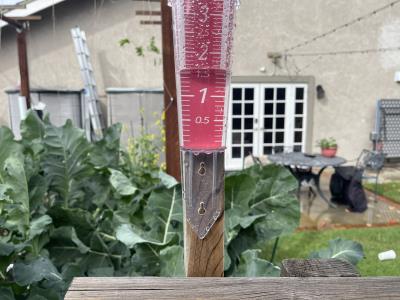




Lessons Learned Investing over the Last Two Years (Part 1)
10/27/2023
Two years ago, I started working with someone that started to receive a modest amount of money each month that needed to be invested. They were going to receive an equal amount of money each month for the next 4 years, so it wasn’t a big pile of money at first, but they would receive just over 2% of the total each month for 48 months. I have been walking with them through this process the last two years. Here are some of the things that I learned.
1. Be Patient
2. When you are buying the dip (especially on individual stocks) – sometimes the bottoms falls out.
3. Analyze the situation and determine risk tolerance. What happens to the situation if the investment loses value? What happens to the situation if the investment gains value? I call this Risk Appropriateness.
Google Chart of S&P 500

This led to the issue that the returns in the Bond Market were quite low, and could actually depreciate significantly in value if interest rates went up (which of course we know they did).
10-Year-Bond Chart

Historical Inflation Data

1. Be Patient
2. When you are buying the dip (especially on individual stocks) – sometimes the bottoms falls out.
3. Analyze the situation and determine risk tolerance. What happens to the situation if the investment loses value? What happens to the situation if the investment gains value? I call this Risk Appropriateness.
S&P 500 Five-Year Chart
Looking back two years, the timing for when this started ended up being pretty unlucky. When the money started flowing, the in October 2021 the S&P 500 was over 4,500. In October 2019 it was at 3,000. It had increased 50% in two years. What was the likelyhood it would keep going? Not good right? That is because we were able to look at the chart two years later. At the time, it felt like the market was just going to unreasonable levels and never come back down. Silly right? Yes, but that is how it felt. In fact it kept going up untile December 31, 2021 to settle in at 4,766.Google Chart of S&P 500

Ten-Year-Bond 5-Year Chart
Back in October 2021 the 10-Year US Treasury Bond Yields were paying 1.6% interest, which was actually higher than the previous year where they were paying less than 1%.This led to the issue that the returns in the Bond Market were quite low, and could actually depreciate significantly in value if interest rates went up (which of course we know they did).
10-Year-Bond Chart

Inflation Rates by Year 10-Year
After eight years of inflation running between 0.7% and 2.3%, inflation rocketed up to 7%.Historical Inflation Data

COMMENT BOARD [00118]
Please keep things family friendly, since we are a civilized community here at alanharmon.net! - (CPC Ver 0.01a)
Hello!
My Name is Alan Harmon. I am a Jesus Follower, Husband, Father, Uncle, Friend, and an Engineer with an MBA.
My interests are in Traveling, Investing, Cooking, Gardening, Technology, Business, Hiking, Smart Homes, Family Games, Automation, and Programming.
Most of the information on this website is centered around those interests. I created this website many years ago primarily to share my recipes and some investing advice, but I began to take it a bit more serious in July of 2023.
I hope you find something Useful here. If you do, you can comment below and share this website with others! Enjoy!